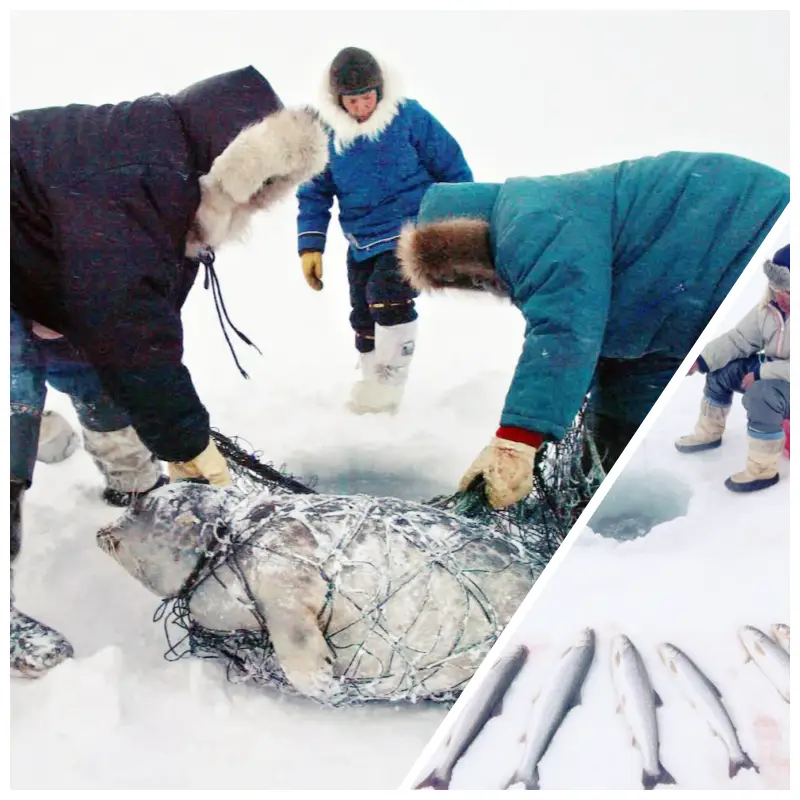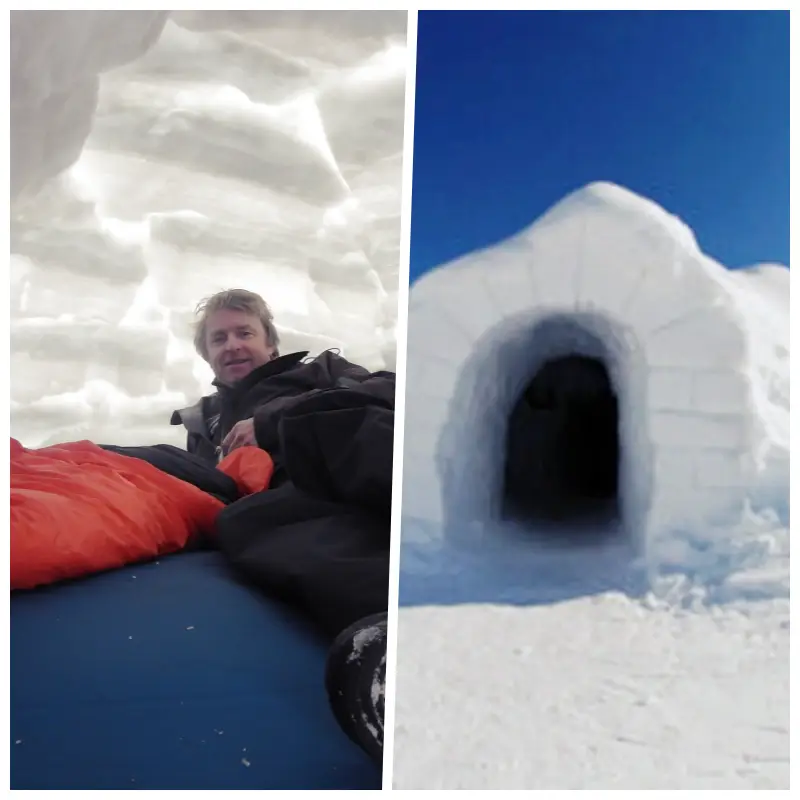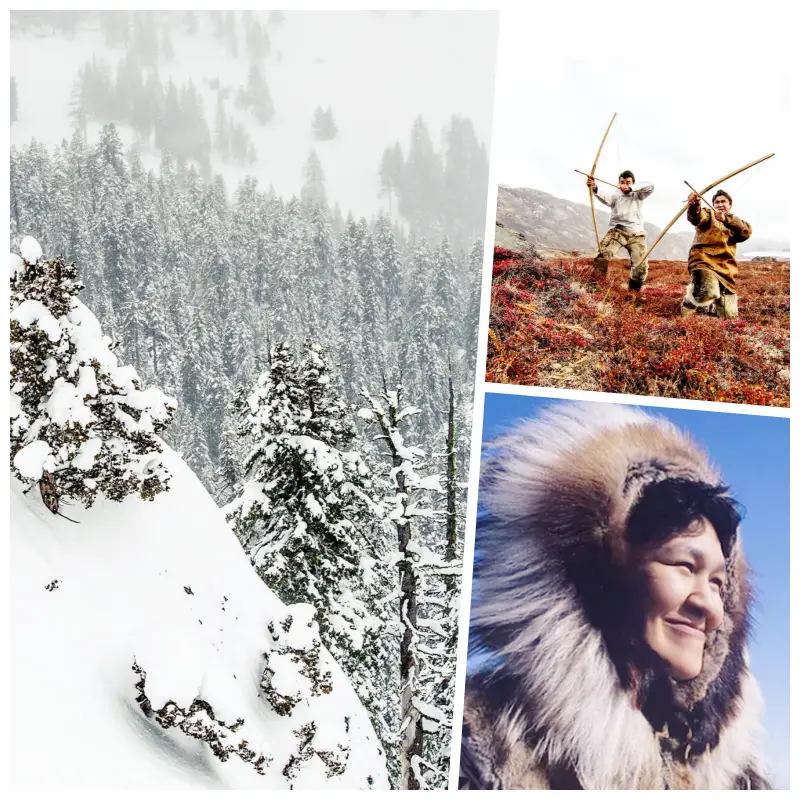Survival Secrets of Native North Americans in -30°C Winters
Survival Secrets of Native North Americans in -30°C Winters
Winter in North America, particularly during the pre-industrial era, was extremely harsh. In many regions of Canada, the average temperature ranged from -5°C to -15°C for several months. In some areas, like present-day Winnipeg, temperatures could plummet between -20°C and -30°C or even lower. How did the indigenous peoples of North America survive such brutal conditions for centuries without modern technology?
Food Supply
In most regions, food for the winter was carefully stored during the summer months. The diet typically included fish, fruits, nuts, roots, and other essential foods. For communities living along the rivers of British Columbia (Canada), food was harvested at specific times and places according to the season.

The same applied to meat. Many Dene and Inuit groups would hunt caribou and bison in the vast northern plains. Notably, the Métis (people of mixed Indigenous and European ancestry) organized large-scale hunts each year, involving thousands of participants.
Shelter
Native North Americans were masters of adapting to their environment. In the far north, the Inuit often built igloos, snow caves, or simple windbreaks made of snow for temporary shelter. In permanent settlements, they lived in sturdy houses insulated with grass. These homes could be warmed using only body heat and seal oil lamps. In the Mackenzie River Valley and other regions, driftwood from upstream was commonly used as fuel for heating, a practice that continues today.

Clothing
Their clothing was crafted from the bodies of animals with exceptional cold-weather endurance, such as reindeer fur coats and seal skin trousers.
Why Endure Such Harsh Conditions?
Why did they choose to endure such a tough lifestyle instead of migrating south? The answer is simple: economics. The northern regions offered valuable resources to those who were skilled and brave enough to face the challenges. These included seal skins, seal oil, seafood, whale blubber, and more.
Moreover, competition in these areas was minimal. While most populations migrated south, it was rare for people to move in the opposite direction.
The survival of Native North Americans in such harsh conditions was a testament to their resilience, resourcefulness, and deep understanding of their environment. Their ability to thrive in the face of extreme cold remains one of history’s most remarkable stories of human endurance.









Post Comment